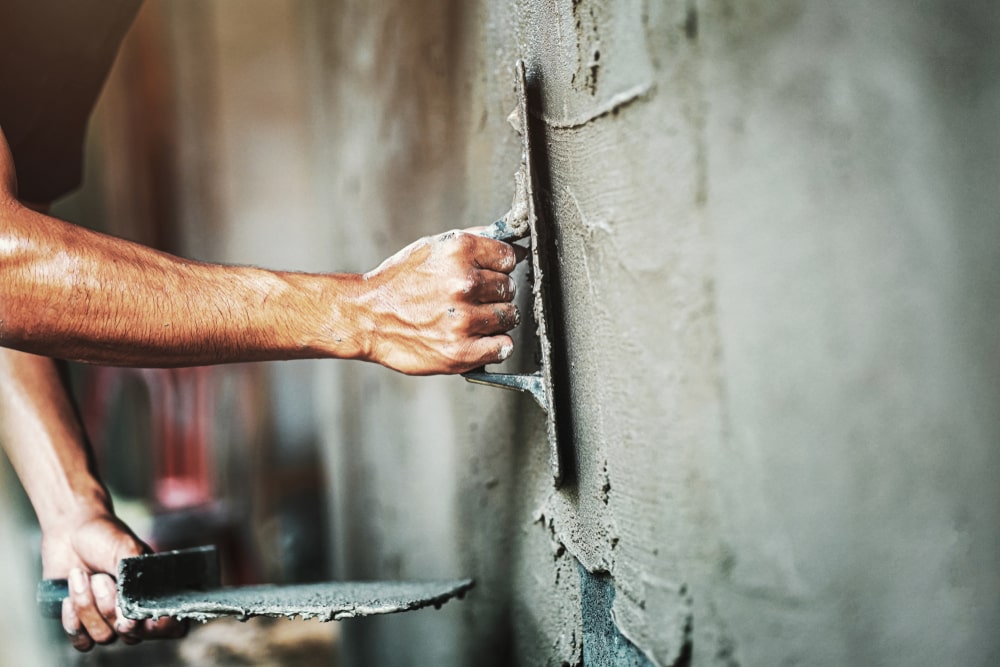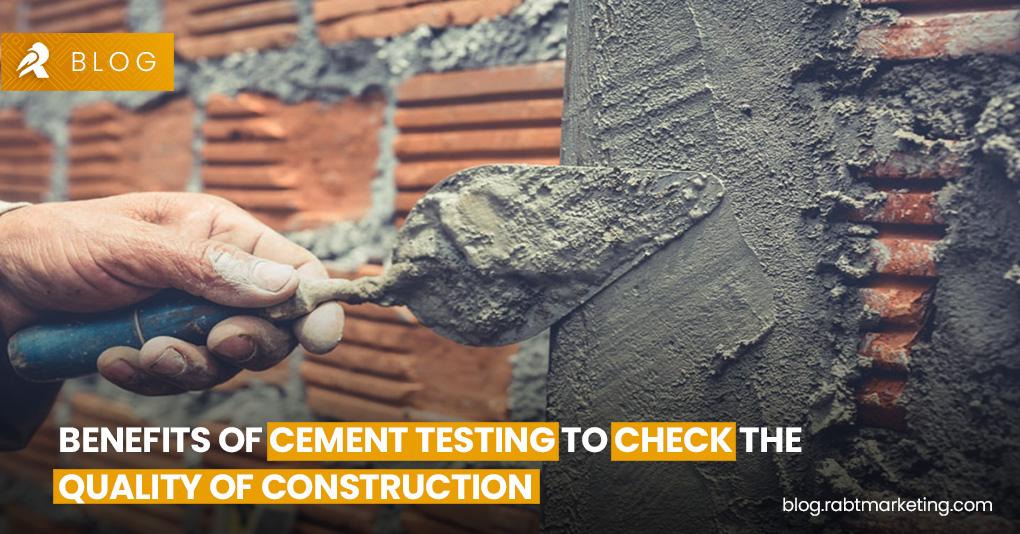If you’re not in the construction industry, you might need to learn more about about the method of checking cement quality. But if you’re building or renovating a house, cement testing is an essential task to understand whether cement is suitable for construction or not.
Cement is one of the primary materials in construction, binding concrete and mortar together. It typically comes in gray powder form in thick paper bags.
The main ingredients of cement are limestone, sand, iron ore, and bauxite. Depending on the type, it may also contain chalk, clay, or slate. These materials are heated at high temperatures and crushed into a fine gray powder before being packaged for sale.
Testing of Cement

The following are the basic 3 criteria on the basis of which cement tests are classified.
- Physical Testing
- Chemical Testing
- Strength Testing
Physical Testing
Consistency Test
Determining the consistency of cement is essential to assess its workability. The consistency test involves measuring the amount of water required to form a cement paste of standard consistency using a Vicat apparatus.
Fineness Test
The Fineness test is a test designed to aim at the grinding efficiency of cement. The fineness of cement is assessed by sieving it through standard sieves and determining the percentage of particles retained on each sieve. This test helps evaluate the grinding efficiency of cement.
Chemical Testing
Soundness Test
The soundness test assesses the potential for expansion and cracking due to internal chemical reactions. This test ensures the long-term stability and durability of the cement and prevents structural failures.
Setting Test
This test determines the time cement paste takes to attain a particular degree of hardness. It involves using the Vicat apparatus to measure the cement paste’s initial and final setting times.
Strength Testing
Compressive Strength Test
Assessing the compressive strength of cement involves preparing standard mortar cubes and subjecting them to compressive loads using a compression testing machine. This test helps evaluate the load-bearing capacity of cement.
Tensile Strength Test
Tensile strength testing involves subjecting cement mortar briquettes to tensile stresses until failure occurs. It provides insights into the ability of cement to withstand tensile forces.
Testing of Portland Cement
Portland cement, the most common type of cement used in construction, undergoes comprehensive testing to ensure conformity with ASTM or EN standards. This includes physical and chemical tests such as fineness, soundness, and compressive strength.
Field Testing
Field tests, including slump tests for fresh concrete and hardness tests for cured concrete, are conducted on-site to verify the quality and consistency of concrete batches.
Benefits of Cement Testing

Structural Integrity
Testing verifies that cement meets strength and durability standards, preventing catastrophic failures and ensuring the safety of occupants and users.
Quality Assurance
Testing helps identify deviations from desired specifications, allowing for corrective measures to maintain the quality of cement and concrete.
Minimizing Waste
Early detection of poor-quality cement prevents its incorporation into structures, reducing waste and associated costs.
Reduced Risks
Identifying faulty cement early on avoids costly repairs and potential dangers associated with collapsing structures.
Promoting Sustainable Practices
Emphasis on cement testing encourages responsible sourcing and production of environmentally friendly cement alternatives
If you are interested to read more about top construction materials used in construction industry, click here.
Conclusion
Cement testing is an important aspect of the construction industry and a vast study topic in civil engineering. It involves a range of physical, chemical, and strength assessments. These tests are designed by engineers and field professionals to ensure the quality and safety of construction materials and buildings. We hope this blog will provide you with adequate information about cement testing.

